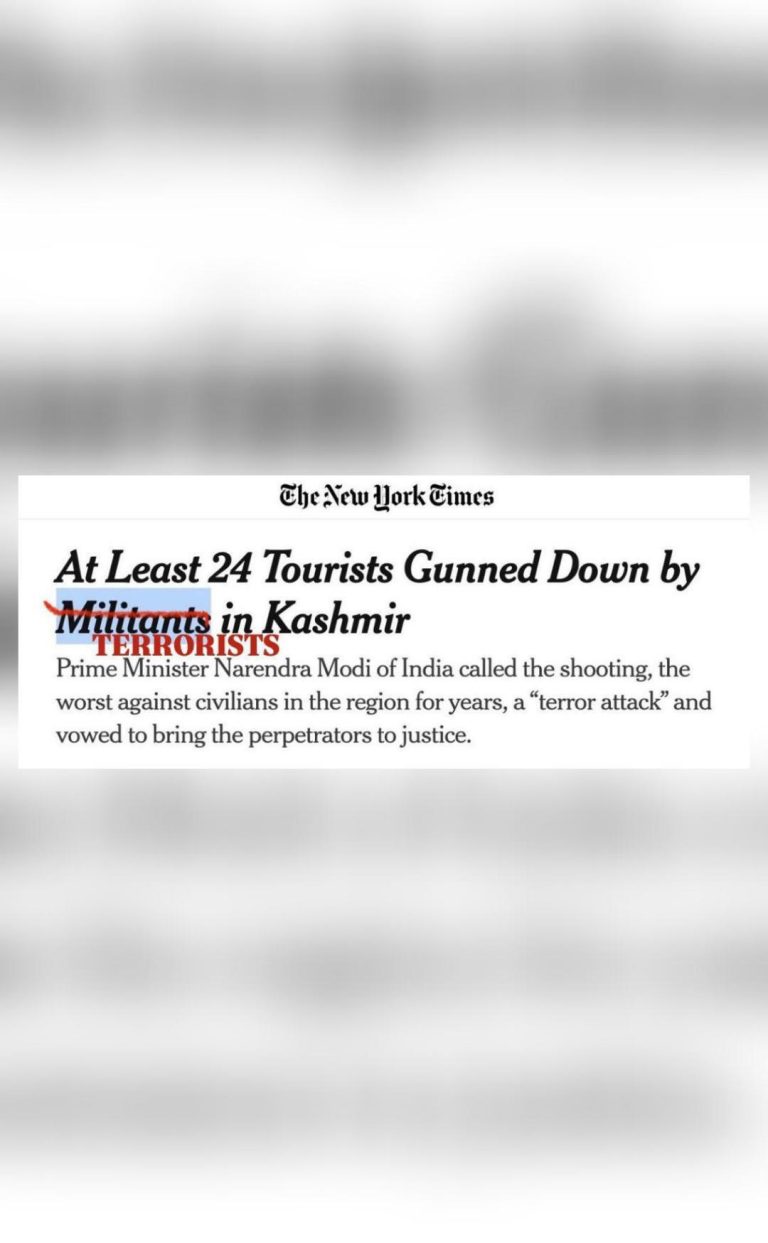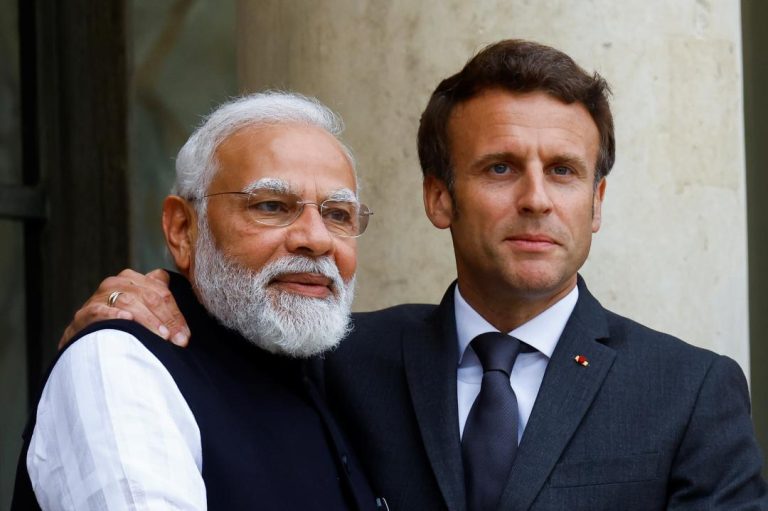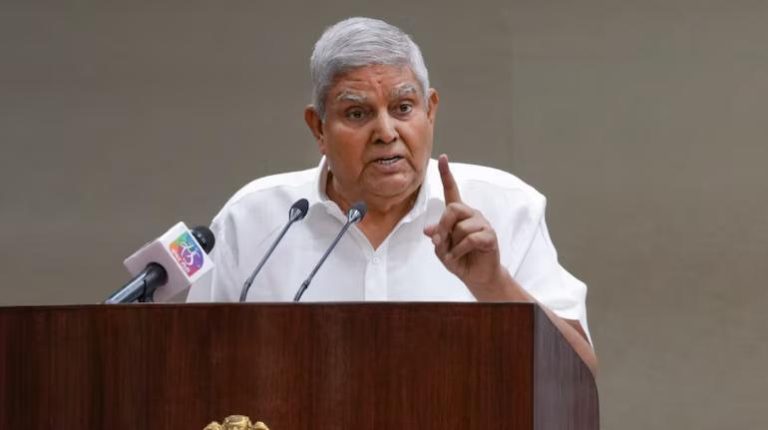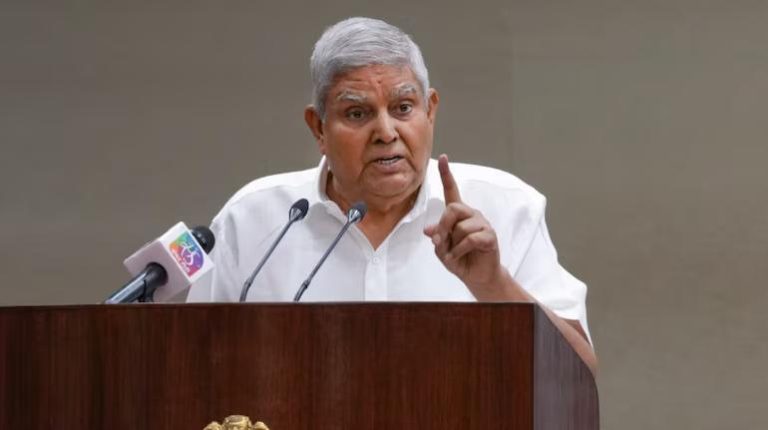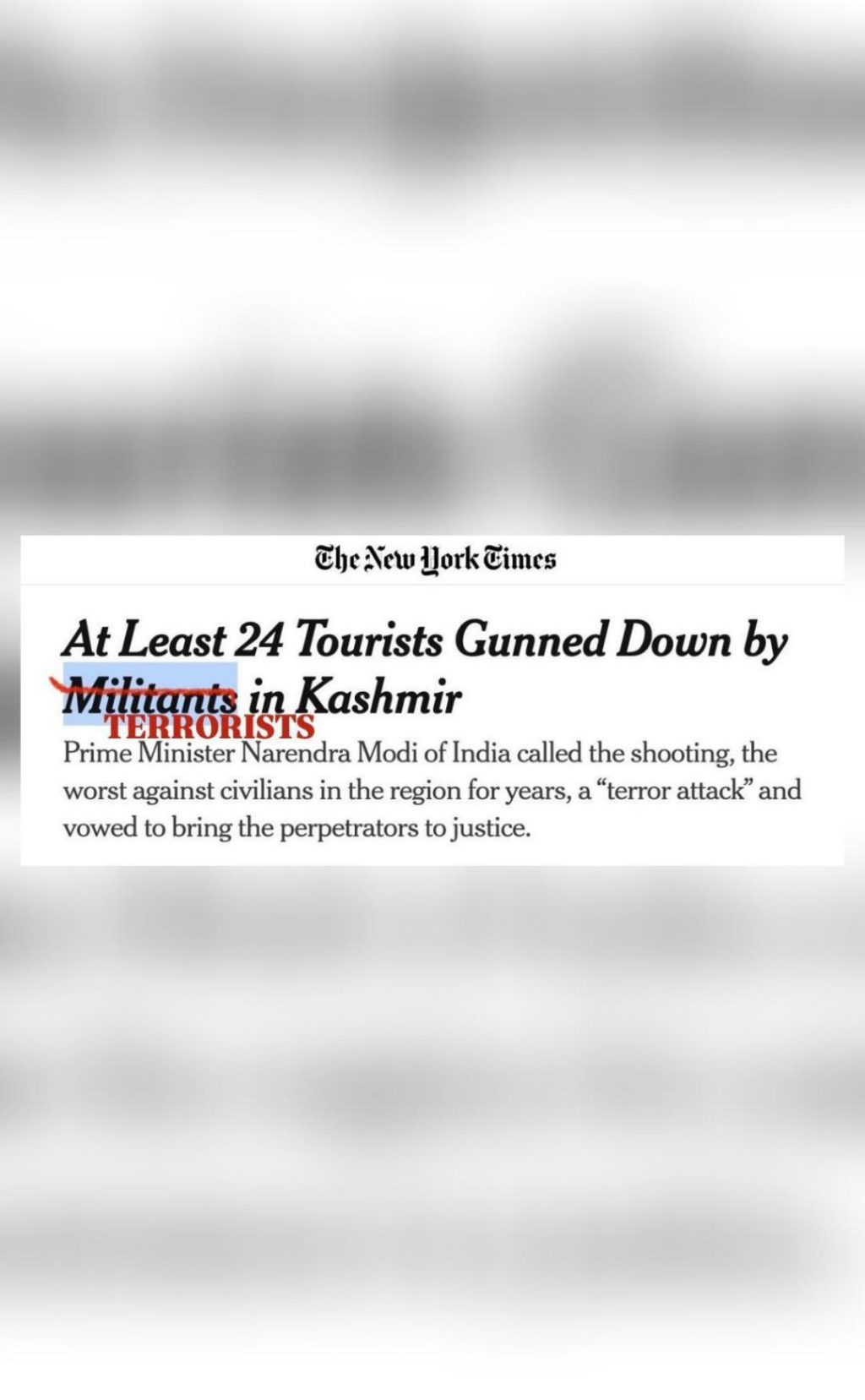
Hey NYT, fixed it for you: US committee after news portal calls J&K terrorists ‘militants’
In a bold move, the US House Committee on Foreign Affairs has called out The New York Times for its perceived bias in reporting on terrorism. The committee shared a screenshot of a NYT article, which referred to the terrorists behind a recent attack in Pahalgam, Jammu and Kashmir, as “militants”. The committee’s response was swift and unequivocal, stating that the attack was, in fact, a “terrorism” attack and that the NYT was “removed from reality”.
The incident in question occurred on October 11, when a group of terrorists attacked a bus carrying Amarnath pilgrims in Pahalgam, leaving several people injured. The attack was widely condemned by governments and individuals around the world, including the governments of India and the United States.
However, in its reporting on the incident, The New York Times chose to use the term “militants” to describe the perpetrators of the attack. This language has been criticized by many as being too soft and failing to convey the gravity of the situation.
The US House Committee on Foreign Affairs, which is controlled by the Republican Party, seized on this language and took to Twitter to express its displeasure. The committee shared a screenshot of the NYT article, along with a caption that read: “Hey NYT, we fixed it for you…This was a TERRORIST ATTACK plain and simple…Whether it’s India or Israel, when it comes to TERRORISM, NYT is removed from reality.”
The committee’s tweet quickly went viral, with many users expressing their support for the committee’s stance. The tweet also sparked a lively debate on social media, with some users defending the NYT’s use of the term “militants” and others agreeing with the committee that the attack was, in fact, a terrorist attack.
The incident highlights the ongoing debate about the use of language in reporting on terrorism. Some argue that using terms like “militants” or “insurgents” to describe terrorists is more accurate and less inflammatory than using the term “terrorist”, which is often associated with extreme violence and hatred. Others argue that using these softer terms is a form of appeasement and allows terrorists to be seen as legitimate actors in a conflict.
The US House Committee on Foreign Affairs is not the first to criticize the NYT for its reporting on terrorism. In the past, the paper has been accused of being too soft on terrorism and of using language that downplays the severity of the threat. The paper has also been criticized for its coverage of the Israeli-Palestinian conflict, with some accusing it of bias in favor of the Palestinian side.
However, the committee’s tweet also sparked a wider debate about the role of the media in reporting on terrorism. Many users expressed their frustration with the way that the media often reports on terrorism, using language that is seen as too soft or too nuanced. Others argued that the media has a responsibility to report on terrorism accurately and without bias.
The incident also highlights the tensions between the US and India on issues related to terrorism. The US has been a long-time supporter of India’s efforts to combat terrorism, and has provided significant military and economic aid to the country. However, the two countries have also had disagreements on issues related to Kashmir, with the US calling for a peaceful resolution to the conflict and India refusing to engage in talks with Pakistan, which it accuses of supporting terrorism in the region.
In conclusion, the US House Committee on Foreign Affairs’ tweet calling out The New York Times for its use of language in reporting on terrorism has sparked a wider debate about the role of the media in reporting on this issue. The incident highlights the ongoing tensions between the US and India on issues related to terrorism, and the need for accurate and unbiased reporting on this complex and controversial issue.
Source: https://x.com/HouseForeignGOP/status/1914843415793095043

